
Cowen: Measuring Supply Chain Shifts
Written by Jason Seidl, TD Cowen, Wall Street Contributing Editor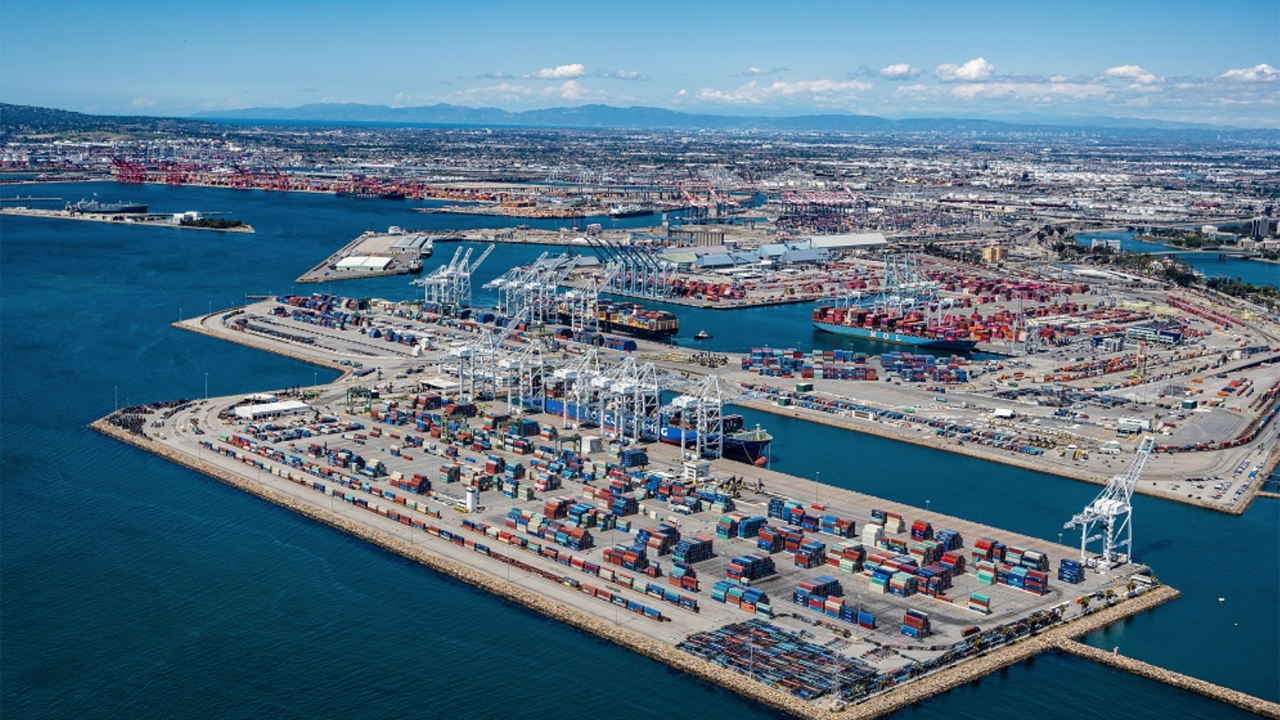
(Photograph Courtesy of Port of Long Beach)
A COVID-induced supply chain spiral led to a logistical conundrum that forced shippers and executive teams to adapt to an ever-changing global environment. As the dust begins to settle, we, at Cowen Research, are taking a closer look at the more long-lasting changes across the supply chain and consumers. A multi-sector angle provides insight into the long-term impact for supply chains and beneficiaries of these shifts.
Our Thesis
A cyclical slowdown has eased some headline supply chain pressures, but despite the macro slowdown, shippers’ actions have resulted in structural shifts that will likely lead to long-term changes up and down the supply chain. Automation, regulation, near-shoring, infrastructure, consumer habits, and geo-political pressures will likely shape the future of the supply chain.

Based on our proprietary survey data, we estimate that approximately 10% of freight shift may stay on the East Coast, potentially benefiting Eastern transports (CSX, Norfolk Southern). Multiple regulatory headwinds (California Air Resources Board/CARB, AB5) will force change in the California market in 2023, with the potential to set a regulatory precedent. In our report, Measuring Shifts in the Supply Chain—Ahead of the Curve (download below), we discuss four motives that highlight the opportunity for re-shoring in Mexico and the beneficiaries associated with potential shifts; the cost of transportation, among others, offers enticing opportunities for shippers on the heels of the Kansas City Southern (KCS)/Canadian Pacific (CP) merger. The pandemic has accelerated tech-enablement in supply chain management with measures ranging from port, warehouse and truck automation.
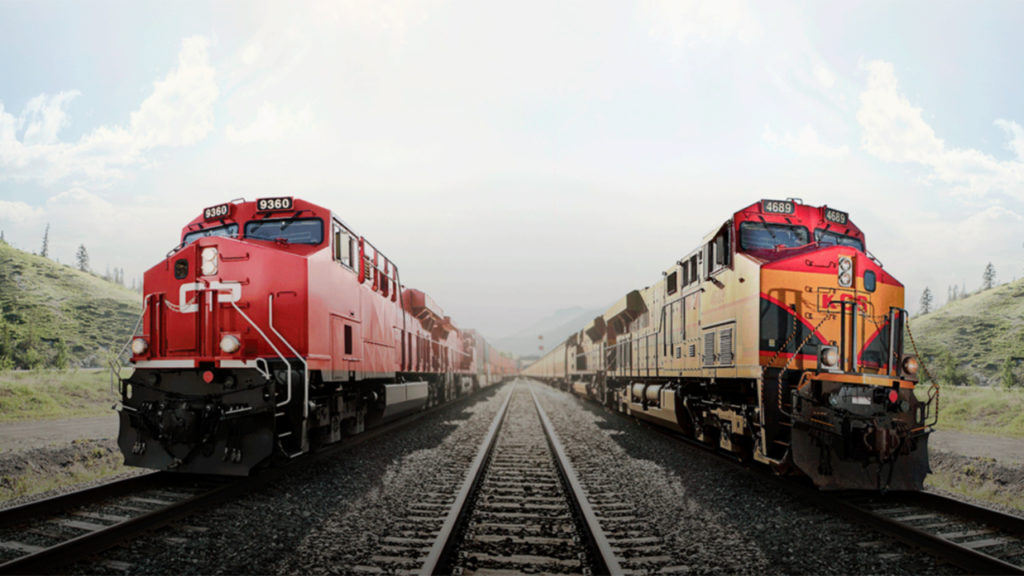
What Is Proprietary?
We conducted a proprietary survey to measure how shipper habits and sentiment have changed in a post-COVID supply chain environment. We collaborated with Cowen analysts across retail, consumer, internet, OEMs, semiconductors, and airlines on the broader implications across the supply chain and consumer. Our report, Measuring Shifts in the Supply Chain—Ahead of the Curve, offers a wide perspective on how shifts in the supply chain ripple through the economy.
Financial and Industry Model Implications
While a majority of shippers will likely move their freight back to the West Coast, we believe there may be an approximately 10% permanent shift of freight to the East Coast, which has absorbed volumes from Western counterparts, creating long-term opportunities for Eastern transportation companies. Cost/benefit analysis tilts in favor of near-shoring supply chains (Mexico), as friendly neighbors reduce political risk while offering affordable labor, manufacturing (industry specific), and seamless port/rail opportunities and tailwinds.
Despite 2022 rail congestion and labor negotiations that should ultimately affect rail service into 2023, we believe intermodal operations will be a long-term growth driver for transports due to cost efficiencies and ESG initiatives.
What to Watch
Catalysts and what to watch include:
- Retail inventories.
- E-commerce trends.
- Greenfield investment in North America.
- U.S. port volume data.
- Import/export data from Asia and North America.
- Rail and intermodal volumes.
- Industrial production.
- Energy pricing.
Following is report insight from Cowen Research.
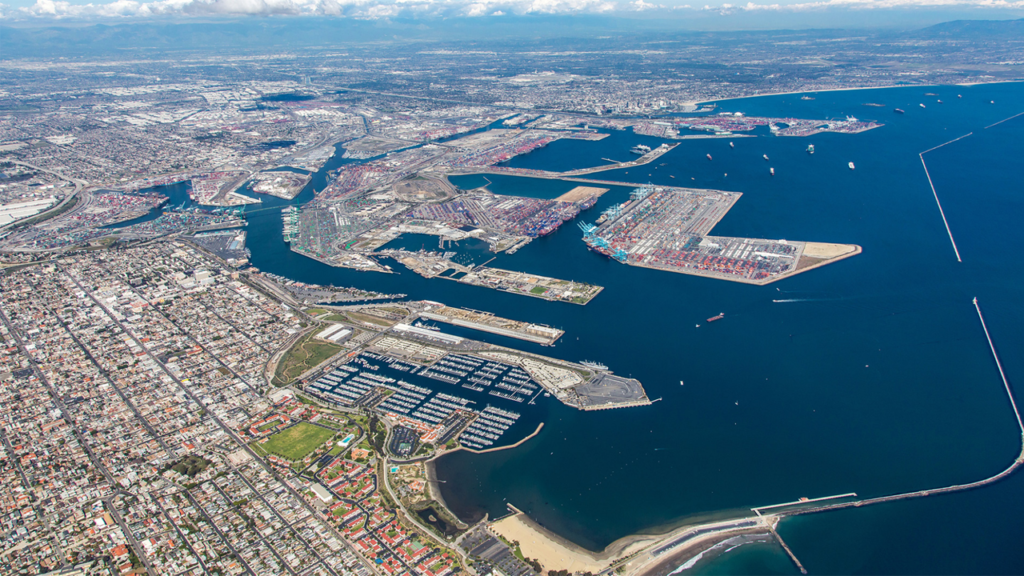
The ‘Cowen Research’ Insight
Frothy freight markets and congested supply chains of 2021 seem like a distant memory in fourth-quarter 2022 with normalization occurring at rapid pace. Shipping container rates which had reached as high as 15-16 times 2019 rates have come down to pre-pandemic levels. TL spot rates are down 37% year-over-year and contract rates are beginning to come under pressure. Anchored vessels at the ports of Los Angeles and Long Beach, Calif., are in the low single digits from approximately 100 in January 2022. Pent up demand for automobiles is now being served as chip shortages ease. Yet, the pandemic has left an indelible mark on every facet of the supply chain ranging from just-in-case inventory management strategies to labor challenges. Measuring Shifts in the Supply Chain—Ahead of the Curve investigates the permanent and long-lasting impacts of the pandemic on the supply chain as well as the likely implications for companies and consumers.
A lot has changed over the nearly 30 years that we have been involved with the supply chain. Decades ago, most CEOs (and other corporate officers) viewed their supply chains as a cost center and were barely aware of the complexities and far-reaching implications that they possessed. The last 24 months has changed that corporate dynamic drastically. Supply chains are now getting the focus they very much deserve not only in North America, but also all over the globe.
Despite clear signs of a macroeconomic slowdown, shippers remain wary of supply chain uncertainty that the pandemic spotlighted and continue to favor just-in-case inventory management. Our proprietary survey indicates that approximately 50% of railroad shippers have shifted permanently to a strategy involving higher inventories. In our view, this shift in inventory management has contributed to the pulling forward of peak season that we witnessed in 2022. We will be watching how inventories are re-built when we come out of the anticipated downturn.
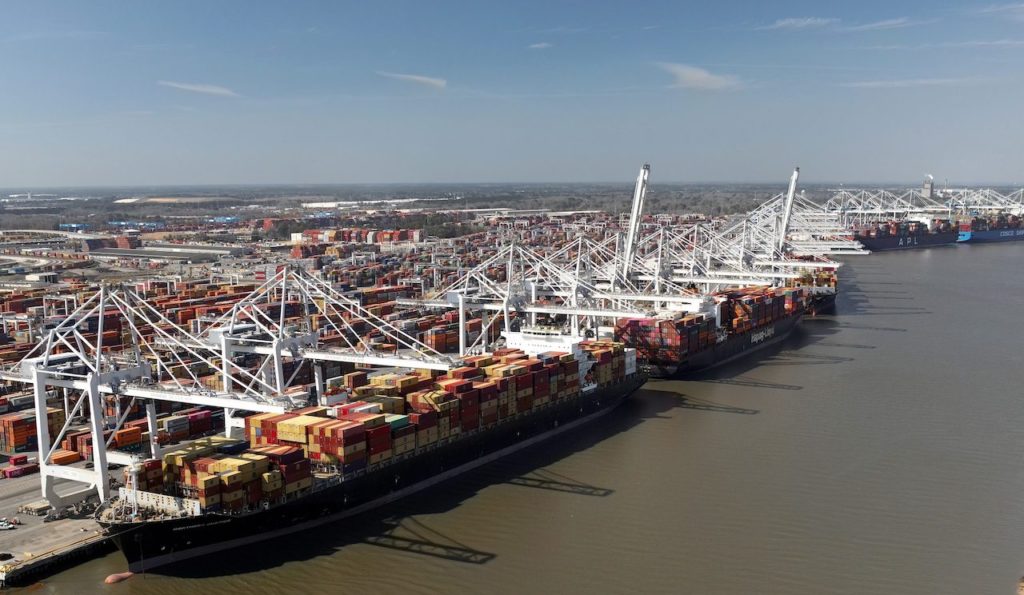
Lingering fears of service and labor disruptions also have long-lasting implications for the U.S. ports. Shippers are increasingly motivated to organize their supply chains using multiple points of entry to reduce reliance on the ports of Los Angeles and Long Beach. Per our proprietary survey, 32% of railroad shippers had diverted freight away from Los Angeles and Long Beach, with Savannah, New York/New Jersey and Houston being the largest beneficiaries. In our view, while the West Coast enjoys natural advantages that offer it a predominant position among ports, we estimate that approximately 10% of freight moved during COVID will stay on the East Coast. Per industry contacts and recent reports, the Gulf Coast ports are well positioned to gain share permanently as well.
Supply chain delays continue to cause shippers to shift to air from ocean. We are seeing non-traditional operators, such as shipping companies Mediterranean Shipping Co., Maersk and CMA CGM form air divisions with leased in aircraft. This shift away from ocean to air enables their growth in logistics, but benefits aircraft leasing companies, such as Atlas Air and Air Transport Services Group. ATSG is rated Outperform.
The pandemic-induced congestion also brought technological enhancement to the forefront of the supply chain conversation across industries. At the ports, automation efforts at the ports of Los Angeles and Long Beach are under way, though we expect pressure from unions to prevent adoption at scale (currently only three terminals at the port are automated and most of the world’s fully automated ports were designed to be so at the outset). On the trucking side, our proprietary carriers’ survey suggests that willingness to test autonomous trucks is at a survey high with 31% of respondents indicating in the affirmative. Our TL names Knight-Swift Transportation Holdings Inc. (KNX), Werner Enterprises (WERN) and Schneider National Inc. (SNDR) have made significant forays in autonomous investments. Autonomous uptake in the LTL space is less pronounced due to the complexities of urban transportation. Lastly, automation is also emerging as a source of differentiation in the warehousing and logistics business. Our discussions with major integrators suggest that globally only approximately 10% of warehouses are fully automated, 30%-40% have some automation (mainly infrastructure like conveyors), while the remaining 50%-60% are completely manual. Our pure-play logistics name, GXO, is a leader in the space with approximately 60% of new business wins involving highly automated solutions. In the retail space, WMT has been particularly acquisitive in the robotics and automation space to improve the speed and efficiency of fulfillment centers to cope with pandemic-induced e-commerce-like demand.
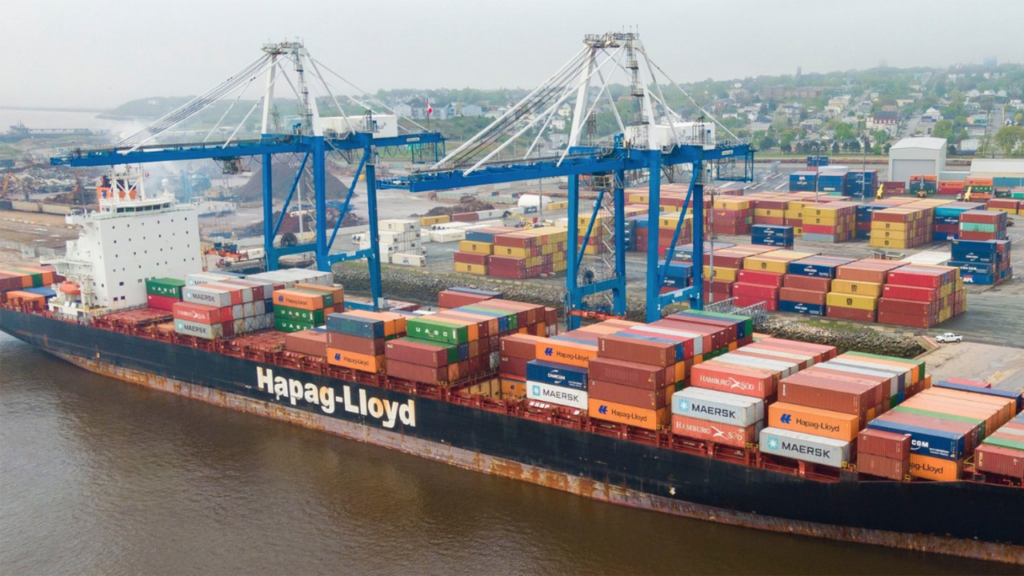
Concurrent to tech enablement spurred by the pandemic, ESG considerations are also gaining traction in the transportation space. Industry contacts suggest that ESG is already a key decision-making factor among large shippers with smaller shippers expected to follow gradually. Intermodal will likely benefit in the long-run as we estimate that these routes are approximately 3.3 times more fuel efficient when compared with an over-the-road alternative as shippers incorporate carbon reduction initiatives into contracts (in addition to being cheaper). Drayage carriers will likely face negative impact from CARB rules as trucks and buses that were made before 2011 will not be allowed on the road. Similar rules pertaining to ocean carriers can reportedly reduce capacity by 5%-15% according to shipping giants Hapag-Lloyd and Maersk. On the warehousing side, greater e-commerce activity supported by the pandemic lifestyle shifts has generated the need for effective reverse logistics solutions (reverse logistics consists primarily of customer returns) that have a notable ESG component to them. Reverse logistics enhances ESG credentials by enabling greater recycling, improving manufacturing efficiency and reducing wastage. In fashion e-commerce for example, GXO sends less than 1% of returned items to landfills compared to the industry average of 25%.
Zero-COVID policies in China have highlighted near-shoring and manufacturing shifts. Delivery proximity was the most widely discussed bull case for Mexico during Cowen’s Transportation and Sustainable Mobility conference in September. Companies are already working on the fringes of certain countries to inch closer to the end consumer. In May, CP debuted its first rail service between Lazaro Cardenas to Chicago, a seven-day journey that if/when the merger with KCS is formally approved by the Surface Transportation Board (STB), could be a game-changer in terms of intermodal service in North America, in our view. Considering the move via rail/truck after it arrives at the port (plus drayage), there are measurable cost savings seen from near-shoring a supply chain, all else being equal. In semiconductor manufacturing, we estimate that there are $110 billion of fabs, primarily in the U.S., that will start construction (or already started this year) in 2022 and 2023 with production starting 2024.
As firms continue to invest in their supply chains, the Cowen semis team believes that companies enabling those changes have the opportunity to grow into larger TAMs than they have served in the past and drive above-market growth. In our view, these opportunities align with four main themes:
- AI Training and Optimization.
- AI Inference, Sensing and Processing.
- Autonomous Logistics.
- Connectivity.
Each company will vary with its thematic exposure, and, given the relatively fragmented nature of these markets it is likely not material for even some of the leading company’s stocks (yet). Supply chain modernization as a case study is yet another example of how increasing semiconductor content across the economy is likely to drive durable, above GDP growth for the broad semis ecosystem for the foreseeable future.
The pandemic clearly left a permanent mark on supply chains, despite mean reversions in the more commoditized aspects of the industry (spot rates etc.) that hog the headlines. Beneath the hood, paradigm shifts in inventory management, consumption patterns, technological innovation, ESG outlook and globalization strategies promise to have far reaching impacts on companies across industries.
The truck OEMs’ ability to produce to demand remains constrained by supply chain issues. While we expect this to continue into first-half 2023, we see it moderating as the year progresses as disruptions ease slowly and because we expect order activity to slow. On the machinery and truck equipment side of our coverage, we favor Cummins Inc. (CMI), Caterpillar Inc. (CAT), and Wabtec (WAB), while we are cautious on Paccar Inc. (PCAR) and Deere & Company (DE). We expect freight car availability to be tight through at least first-quarter 2023, contributing to supply chain challenges. We favor Trinity Industries Inc. (TRN), GATX, and The Greenbrier Companies Inc. (GBX) in the railcar sub-sector of our coverage.



